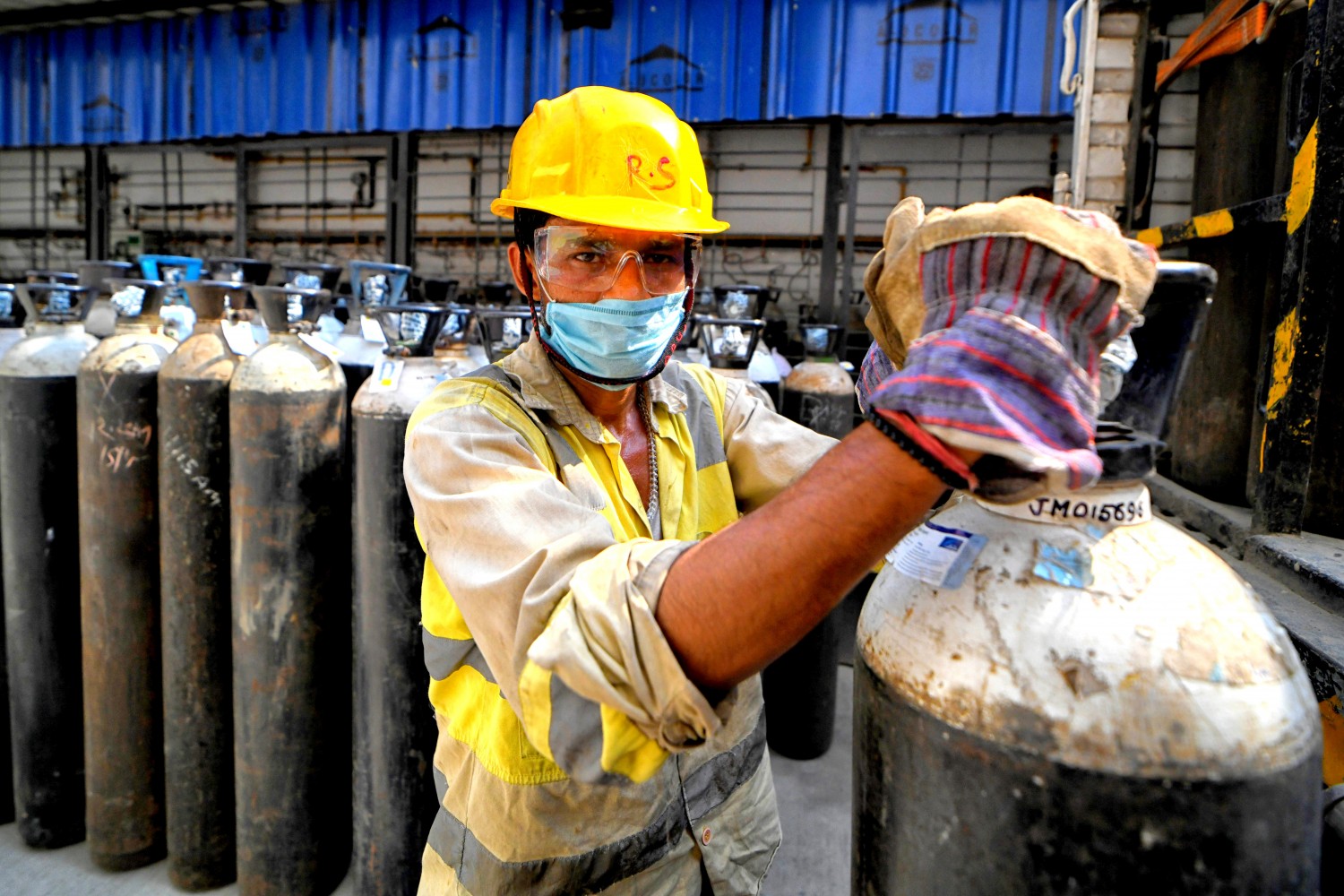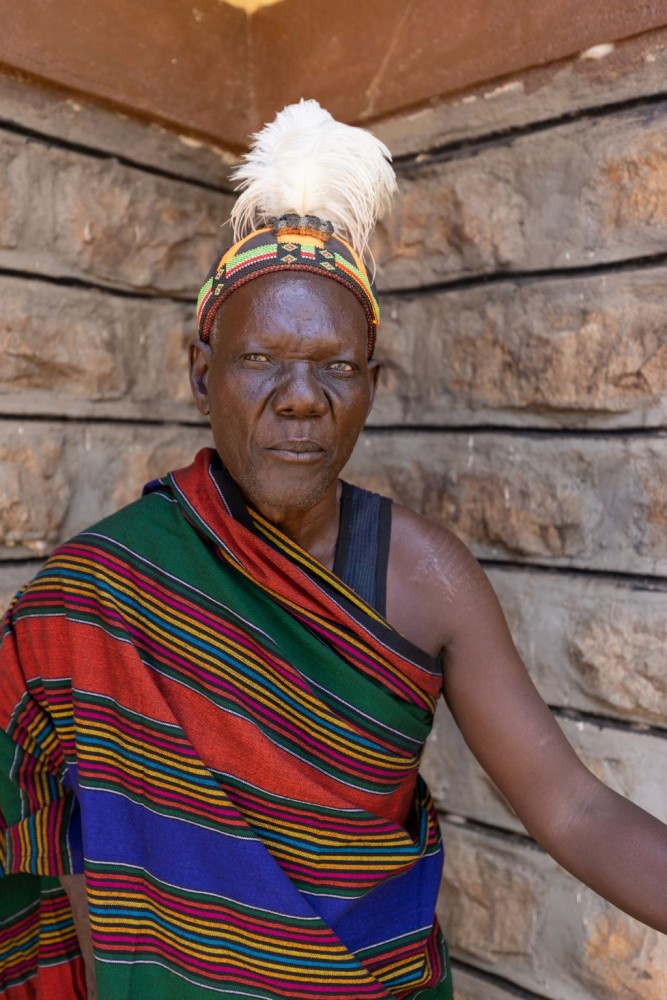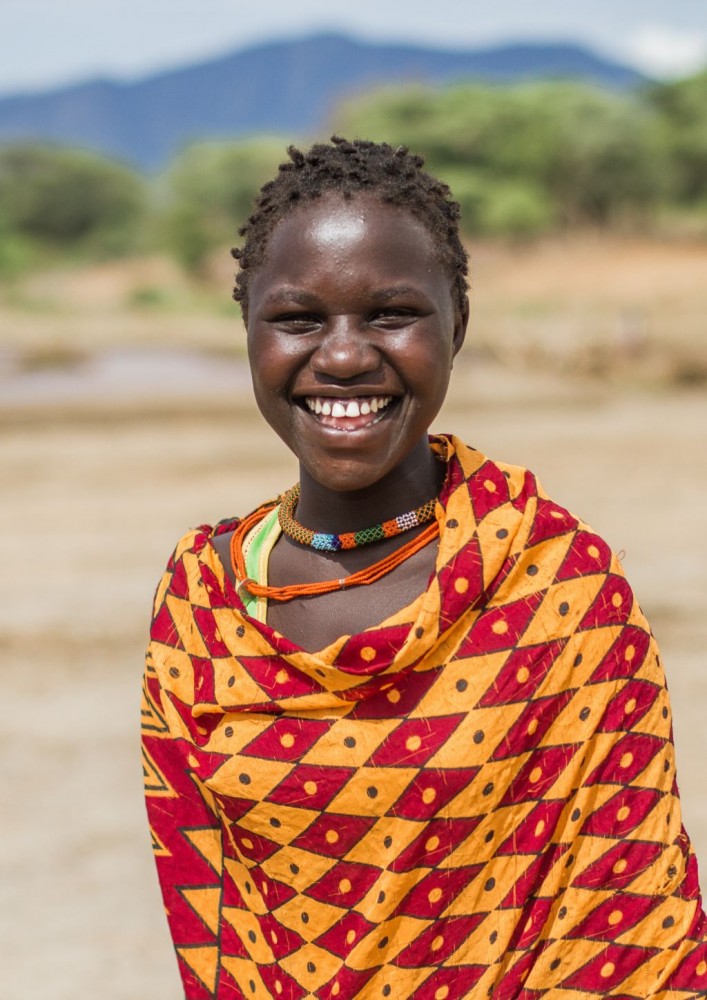The Pain and Privilege of Isolation
Lockdown’s Silver Lining
There is likely nobody in the world who enjoyed the social effects of COVID-19 more than my dog. Some might make the same claim about their own pets, but as far as I can tell, my pup became the happiest creature in the world after March, 2020.
We all experienced it – workplaces trimmed down to the minimum of in-person staff, while countless people were forced to adapt to working from home. Our cultural norms evolved. It became acceptable to admit among peers and supervisors that we had “fashionably” paired a dress shirt and tie with gym shorts for our last Zoom call. People across several generations worked tirelessly to unravel the mysteries of the “Mute” button. But for many of us, the constant in a sea of change was the presence of our beloved furry friends.
My dog probably doesn’t understand the lingering mental health effects that prolonged lockdowns had on his humans. He most likely can’t conceptualize the road trips, birthday parties, and communal worship experiences that his humans missed out on. But my dog likely shares one thing in common with many people who lived through the pandemic: he’s so happy to have spent more time with his family.
That sentiment seems to be a common one – perhaps the single widely agreed upon “bright side” of this whole thing: many of us had the blessing of spending increased time with loved ones during the uncertain months of COVID lockdowns. It was the thing that made an otherwise confusing and lonely time bearable.
But a change of perspective can quickly remind us that the sometimes painful isolation of “sheltering in place” was itself a privilege.
For many people around the world, staying at home to isolate themselves wasn’t a functional option. For some, the demands of being an essential worker kept them out of the house. For others, living with a large family in a small home in a densely packed urban center meant that ideas like quarantine and lockdowns were basically non-functional concepts. How exactly does one isolate themselves while living in a multi-generational household, in a small physical space, while daily having to go out to the market for life’s necessities?
The Delta Variant Strikes India

ADRA’s project supplied oxygen cylinders like these to SDA hospitals in India.
The multi-parameter monitors supplied by the project helped to monitor patients’ vital signs and improved care.
Metas Hospital was one of five SDA hospitals to partner with ADRA during the COVID-19 pandemic.
This was the case in many parts of India. The high speed of infection and hospitalization combined with the massive population spelled disaster for their healthcare system. By the time the second wave of the pandemic hit India, hospitals were critically overwhelmed. Essential resources for frontline healthcare workers like PPE became scarce, and the oxygen tanks that helped infected lungs to breathe ran low. What started as a demand for 30 to 40 jumbo cylinders of oxygen per day escalated to 170. Dr. Ruth Anna Abraham, the Chief Medical Officer of Pune Adventist Hospital said, “There were a couple of times when – because the cylinders took some time to reach us – we were really scared that the care of many patients would be jeopardized.”
At the peak of the crisis, India saw over 400,000 new cases of COVID every day. As beds and equipment to care for patients became completely used up, the number of otherwise avoidable deaths began to climb. With the infections spreading out of control and hospitals turning people away, “staying at home” became a less and less viable way to avoid getting sick. What was a “silver lining” for many North Americans was simply another day in the trenches for families in India.
In these trying moments, ADRA stepped up and demonstrated the power of its network. Partnering with Adventist hospitals across India, ADRA worked to improve the critical care of COVID patients. Hospitals received ventilators, oxygen concentrators, PPE, and other medical equipment. This included multiparameter monitors, used especially in intensive care units or the ER to track patients’ vital signs: cardiac activity, blood pressure, respiration, oxygen saturation, and temperature. As such, while ADRA’s response was centered on the pandemic, the equipment provided in India served to reinforce essential hospital infrastructure that would be used for medical cases beyond COVID. This was an investment in sustainability for these hospitals and healthcare workers.
One patient named Ravi Gandhi explained the tangible difference this made:
“I had a severe lung infection caused by COVID-19 and was being treated in one of the private hospitals in Surat, Gujarat. I spent almost 20 days in that hospital, but they were not able to maintain or even regularly monitor my oxygen level. So, I transferred to METAS [Seventh Day Adventist Hospital] as soon as I could. There, I recovered within 5 to 6 days. Now I can breathe without an oxygen tank again.”

Equipment supplied by ADRA’s project delivered critical care support during COVID-19 waves. The equipment continues to support quality care of critical patients.
The Health Message in Practice
While stories like Ravi’s are an encouragement and a blessing, the truth is that people should not have to face such dire circumstances and decisions. This is why promoting health is an essential part of how ADRA works to create a more just world. In the same spirit as the Adventist pioneers and the visionary leadership of Ellen G. White, ADRA puts the logical implications of the Adventist health message into practical application.

Our TOGETHER project, with generous support from Global Affairs Canada, works with remote and indigenous communities in Cambodia, Kenya, the Philippines, and Uganda to ensure that the most vulnerable people in these areas can exercise their health-related human rights.
Very often, these most vulnerable individuals are women and girls. In settings far removed from major urban areas, access to quality health care is already sparse. But there are unique additional obstacles that arise based on gender discrimination. Gender roles and social assumptions often place women and girls in vulnerable positions and deny them the decision-making power they are inherently entitled to. The result is that many people find themselves both far from the care they need, and unable to make informed choices about the care they do get.

TOGETHER is addressing these issues by increasing access to health care while also ensuring its quality. The project strengthens the confidence of women and girls, helping them to take control of their own health. This includes empowering them to seek support services for victims of gender-based violence. The training and increased capacity that are gained through this program also empower healthcare providers, social workers, and educators to deliver inclusive health and nutrition services to those in need. Men, boys, and those who hold privileged positions of communal and religious leadership are also encouraged to become champions and protectors of women and girls. By changing their ideas and attitudes about women, men are invited to uphold the health and well-being of their wives, daughters, sisters, and friends.
Back in India, ADRA’s network similarly makes it a point to target those most vulnerable. The Adventist hospital system in India offers subsidized or even free care to those living in poverty.
Quarantine with the Privileged; Tabernacle with the Poor
When it comes to health, the dichotomy between the privileged and the poor is a perennial one, stretching back into biblical times. In the book of Leviticus, the Israelites received instructions in what is essentially an early form of quarantine to counteract the spread of infectious skin diseases (Leviticus 13:1-14:32). Along with the prohibitions against unclean animals in chapter 11, Adventists have long interpreted many of the instructions in Leviticus as having crucial implications for healthy living.
It is important, though, not to forget that the implications of these practices were not always the same for the rich and the poor. 2 Kings 15:1-7 recalls King Uzziah of Judah, whose 52-year reign began when he was only 16. The scripture gives his tenure as king mixed reviews: on the one hand, it says that he pleased the Lord in all the ways his father Amaziah had (15:3). On the other hand, his failure to eliminate the “high places” of cultic apostasy apparently lead God to punish him with lifelong leprosy. Uzziah was forced to live out his days quarantined in a separate house, while his son Jotham occupied the palace and enforced his father’s rule as regent (15:4-5). While we aren’t given a specific start date for his illness, the length of Uzziah’s reign and the permanence of his leprosy implies that he spent a considerably long time living in isolation.
While it’s easy to sympathize with the plight of a man forced to live alone, Uzziah still had the privilege of a “separate house” to live in. To many of the lepers in the time of Jesus, Uzziah’s years of leprosy probably would have seemed fairly luxurious. The lepers that Jesus met were people who had been forced out of society by the very principles that were designed to reduce the risk of infection. Some, like the ten men encountered in Luke 17:11-19, may not have had spare houses to quarantine in, but managed to find some sense of community among other lepers. Others, like the man Jesus healed in Luke 5:12-16, seem to have suffered all alone. Neither case is enviable. The ten lepers of Luke 17 are so thoroughly stigmatized and isolated that they can only cry to Jesus for help from a distance (17:12).
And in so examining the biblical precedent for quarantine, we must also examine the dichotomy of privilege and poverty. Just as king Uzziah lived out his leprous days in a “separate house,” I have the luxury of writing about how COVID lockdowns let me play with my dog more in my safe, warm apartment in Canada. And while I won’t deny that there is almost certainly an under-examined, collective existential trauma carried by those of us who spent so much time in various states of quarantine and lockdown, I can hardly compare the hours I spent binge-watching tv shows on Disney+ to Ravi Gandhi’s 20 consecutive days struggling to breathe.
In the face of extreme human suffering, the line between “count your blessings!” and “check your privilege!” grows drastically thinner. But it is exactly this suffering that compelled the Word to become flesh and tabernacle (eskēnōsen) among us (John 1:14). In his incarnation, Jesus – acting as history’s greatest frontline healthcare provider – proverbially pitched his tent in a colony of lepers. And it is this model of self-sacrificing love and compassion that compels ADRA and other Seventh-day Adventists all over the world to give, to serve, and to bridge the gap between privilege and poverty.
In Testimonies volume 6, Ellen White famously described the medical missionary work of the Adventist Church as the “right arm” of the third angel’s message (Revelation 14:9-11). True as it may be – that the Health Message is the right arm of the Gospel – it remains for us as believers to be the hands of Jesus.
Let's make a difference together!
Related News and Stories
- News Releases
- News Releases
- News Releases
- News Releases, Stories